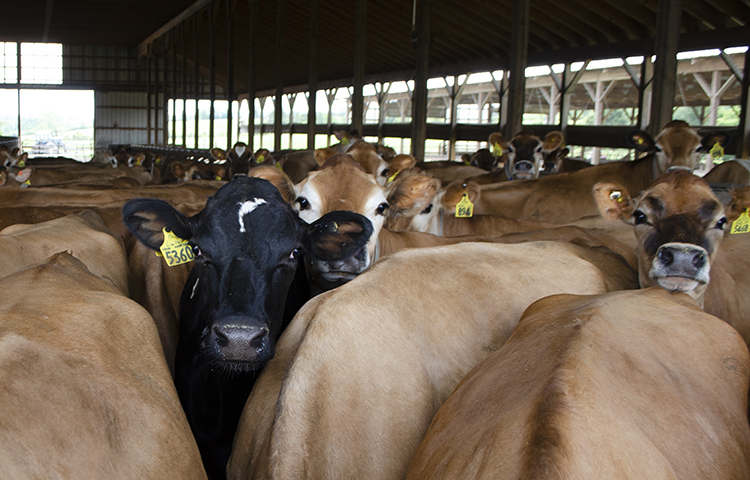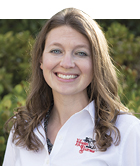
Cows are herd animals and often don’t like to be separated by themselves, but at the same time, crowded cattle can’t reach their full potential. However, to get the most out of a dairy facility, overcrowding barns to some degree is a fairly common practice.
Stocking density is the calculation we use to compare the number of cattle housed in a barn in relation to the number of available stalls. Overcrowding means there are more cows in the barn than there are stalls.
In an article written by University of Minnesota Extension’s Jim Salfer, he noted that some farms can achieve high milk production and healthy cows with a stocking rate of 140%. But then, there are farms that struggle in situations with just 110% stocking density. To evaluate your farm’s ability to overstock, Salfer pointed out factors to consider.
The first is to be sure cows are allowed to achieve their desired daily time budget. A cow wants to lie down 12 to 14 hours a day, and if there is a shortage of stalls, they will give up eating time to meet this desire. Salfer noted that cows will eat faster to achieve longer lying times, but this can negatively impact milk components and elevate the risk of acidosis.
The stalls themselves play a role in lying time as well. Salfer wrote that cows require well designed beds with a soft lying surface. Tracking the percent of swollen legs, hock lesions, injuries, and number of broken stalls can help evaluate the quality of the beds.
Furthermore, stalls that are too small may require a cow to occupy part of the neighboring stall as well, preventing another cow from utilizing that space. There can also be parts of the barn that don’t get utilized fully — for example, the western row of stalls in a barn orientated north to south may not be used on hot summer afternoons if the sun is shining in.
Adequate bunk space is another area to assess. Salfer recommended 24 inches of bunk space per lactating cow. “This is seldom achieved with overstocking,” he stated.
A shortfall of bunk space per cow can be compensated for with excellent feed management, Salfer shared. His “must-do” list included:
• Feed delivery within the same 15-minute window each day, especially if feeding for low refusals.
• Feed pushed up and available 24 hours a day.
• Rations that are well mixed and not easily sorted.
• Feed delivered uniformly along the entire length of the bunk.
Other areas that need to be addressed are hoof care, heat abatement, and time away from the pen. Shortcomings in these areas can lead to greater problems when overcrowding.
Salfer also noted that fresh cows should never be overcrowded. “Providing 30 to 36 inches of bunk space and 80% to 100% freestall capacity for transition cows will help them get off to a good start,” he advised.

Abby Bauer
The author is the senior associate editor and covers animal health, dairy housing and equipment, and nutrient management. She grew up on a dairy farm near Plymouth, Wis., and previously served as a University of Wisconsin agricultural extension agent. She received a master’s degree from North Carolina State University and a bachelor’s from the University of Wisconsin-Madison.
"crowd" - Google News
October 19, 2021 at 10:02PM
https://ift.tt/3pfV7Gf
Cows don't always like a crowd - Hoard's Dairyman
"crowd" - Google News
https://ift.tt/2YpUyMI
https://ift.tt/2KQD83I
Bagikan Berita Ini















0 Response to "Cows don't always like a crowd - Hoard's Dairyman"
Post a Comment